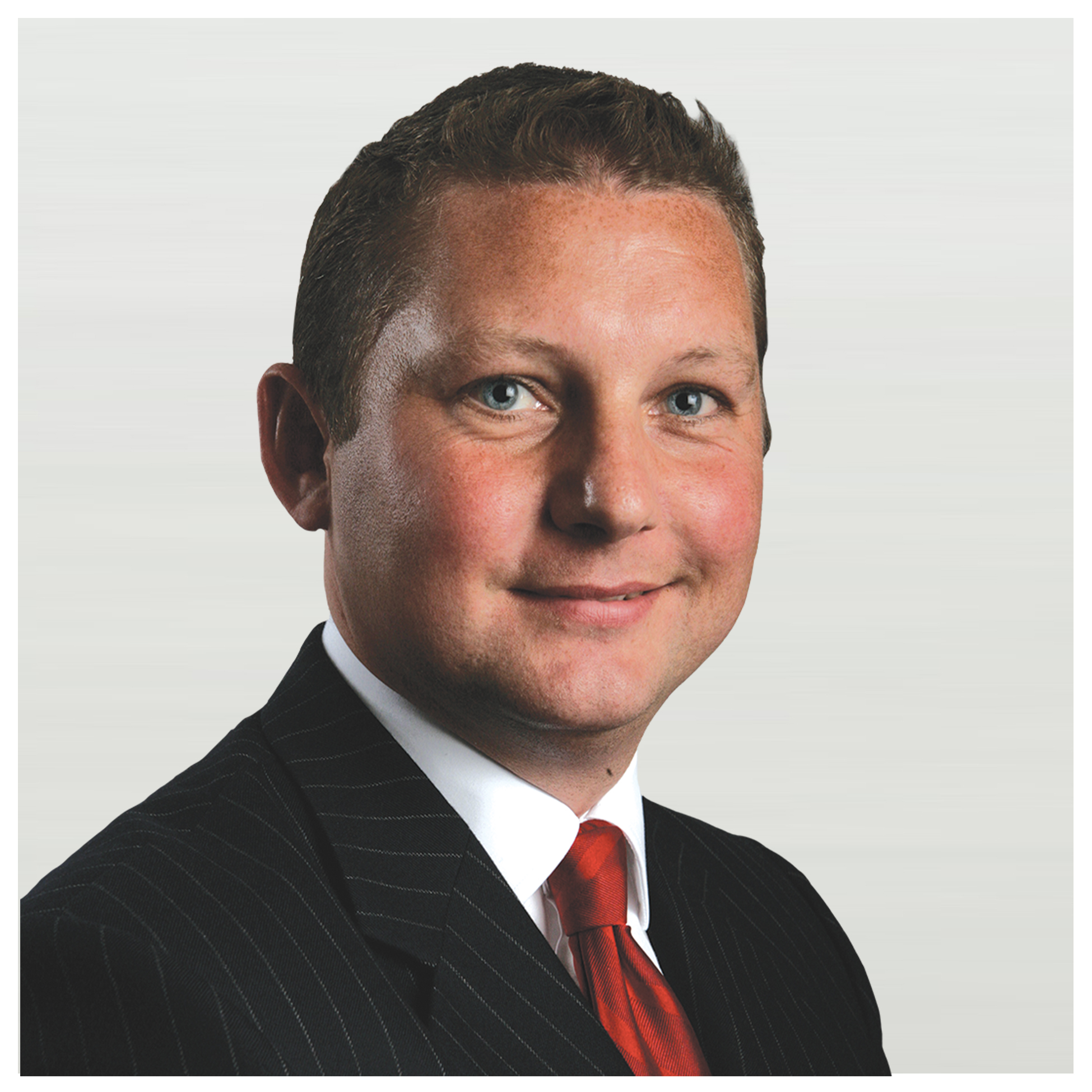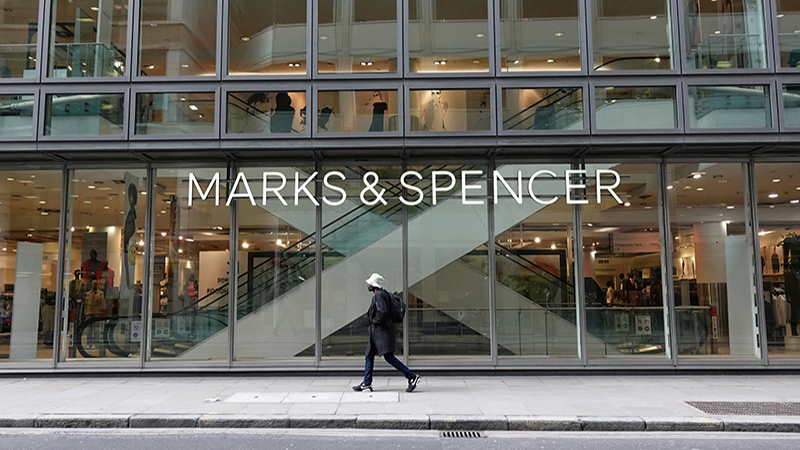In the latest in our regular series, Portfolio Adviser hears from Dan Rudd, head of wholesale Northern Europe at HSBC Asset Management (pictured below).
Which particular asset classes and strategies do you anticipate your intermediary clients focusing on in 2025?

At HSBC Asset Management (HSBC AM), we have a multi-strategy approach to managing solutions for intermediary clients in the UK. We have seen strong interest from UK Discretionary Fund Management clients for our ETF and Index range in Model Portfolio Service portfolios as investors are increasingly looking for more flexibility and choice. This is a growth trend continuing into 2025 and have recently launched the HSBC S&P 500 Equal Weight Equity Index fund for this client segment.
In addition to passives, we’ve also seen growing interest and flows into active management, especially in asset classes such as Healthcare, India Equity and Fixed Income, Global Infrastructure and Global Equities. We have also transitioned our existing Global Property fund into a Global Listed Real Asset strategy solution for the UK market reflecting client demand which is another area of growth for 2025 in our view. Our multi-asset platform continues to remain a core part of our offering for clients in the UK wholesale segment, with more intermediaries outsourcing investment capabilities to model portfolio services providers it demonstrates that multi-asset is set to remain a core component of the market. We now manage over $157bn for clients globally in Multi Asset solutions and are seeing continued support from UK intermediaries within the HSBC World Selection and Global Strategy ranges.
See also: Track to the Future – with William Blair’s Tom Ross
Should end-investors – and, by association, asset managers – be thinking beyond equity and bond investments? Towards what?
Clients are already investing beyond pure equity and fixed income products and we have seen increasing interest in our World Selection multi-asset range. This range has exposure to a global infrastructure strategy run by our alternatives business which demonstrates how private markets are set to become increasingly important for end-investors and asset managers going forward. In time we’d like to see greater semi and illiquid strategies playing a broader diversification role within asset allocation models for end investor’s portfolios. However, challenges remain in supporting access to the space among intermediaries such as client suitability and operational factors, as well as UK fund platforms not currently being able to hold such investment strategies.
In addition, research from the Investment Association (IA) has highlighted the importance of considering a wider range of asset classes in the current market environment. Monthly data published by the IA has revealed a wide array of best-selling asset classes among retail investors over the past year, ranging from government bonds to money market funds and global equities. This highly diversified support for a range of different investments is a trend that we expect to see continue into 2025.
To what extent do private assets and markets fit into your thinking? What are the currents pros and cons for investors?
HSBC AM’s alternatives business is a core area of growth for the UK, and we currently manage $71bn across diversified capabilities such as hedges funds, private markets, real estate, direct lending, infrastructure debt, listed infrastructure, energy transition and venture capital.
One of the primary challenges for individual investors regarding private markets currently is the difficulty that many have in accessing the space outside of a multi asset strategy, rooted partly in the operational plumbing underpinning the UK IFA market such as UK fund platforms that still currently require daily liquidity. It is also important to consider the complexity of these assets from a client suitability perspective, which potentially leaves room for more work to make them suitable for UK retail investors, as well as regulatory factors which would need to be addressed to support wider access. That said, the development of Long-Term Asset Funds is aiming in the right direction. Broadly, however, we see the move towards private markets as the direction of travel for the industry and expect that it is only a matter of time.
Given client and regulatory pressure on charges, how is your business delivering value for money to intermediaries and end-clients?
We continue to see strong support among intermediaries and end-clients for our Global Strategy Portfolios. This is a globally diversified multi-asset solution offering an active allocation proposition with a passive fulfilment. It is one of our key propositions for the UK intermediary market and has offered great value for investors, consistently delivering strong returns and performing well against Assessment of Value measures while maintaining a focus on cost.
See also: Track to the Future – with Fidante’s Adam Brown
How much of your distribution is currently oriented towards climate change, net zero, biodiversity and other segments of sustainable investing? How do you see this approach to investing evolving?
Sustainable investing continues to represent a key element of our strategy at HSBC Asset Management. We manage over $70bn in ESG and sustainable strategies as of the end of last year and launched ten new ESG strategies globally throughout 2023. One area which bears a lot of meaning for me is how we, as an industry, tackle social inequality. HSBC Asset Management gave me the opportunity of launching the social mobility programme a couple of years ago, and while all areas are important such as climate change and biodiversity, we do feel social inequality needs greater exposure.
How are you now balancing face-to-face and virtual distribution? In a similar vein, how are you balancing working from home and in the office?
The intermediary sector is an incredibly resilient part of the financial services industry that provide a significant level of financial advice for retail investors. Speaking with many advisers through and following the pandemic, a high percentage returned to operational normality rather quickly i.e. moving back to being in the office five days a week before other parts of the industry. I find that it can be easy to gauge the health of the intermediary market by the number of industry events companies approaching us to participate at conferences, which has gone through the roof again in 2024! There’s a new proposal landing on my desk every week.
Personally, I am usually in the office around three to four days a week but it does depend on when I am seeing clients across Northern Europe, as well as the UK, so it can vary from week to week. While it’s important to meet with clients or colleagues in person, we do need a healthy balance of virtual engagement, with the most important factor being that we engage with our clients in a way that they prefer. Call me old fashioned but I do still like putting on a suit and going into the office.
What do you do outside of work?
Like most parents my kids occupy most of my time one way or another. I’ve had the pleasure of being a 5am poolside swimming parent with my daughter through to spending most of my weekends away with my son who’s competed in motorsport championships across the UAE, Europe and more recently the UK. One of my own activities which allows me headspace is walking my dogs.
See also: Track to the Future – with Federated Hermes’ Clive Selman
What is the most extraordinary thing you have seen in your life?
Seeing my two children come into the world holds the top spot but that’s an obvious statement! But in my previous life I think I must have been a structural engineer. I joined HSBC Asset Management in 2005 in a global role and remember watching the start of the site excavation for the Burj Khalifa in Dubai. In 2007 I had the pleasure of moving to Dubai with HSBC AM and witnessed the construction of the building which was one of the most amazing things I’ve seen. Even seeing the building in recent times brings a smile to my face.
Looking a little further ahead, in what ways do you see the asset management sector evolving over the next few years?
As mentioned earlier, we anticipate private markets will likely play a key role in the evolution of the asset management sector in the years ahead. We are committed to this part of the market. So far, the growth has been more institutional, with pension and insurance funds moving into the market, but there is certainly a growing interest among intermediaries who want to develop a stronger understanding of how their clients can access the space.










